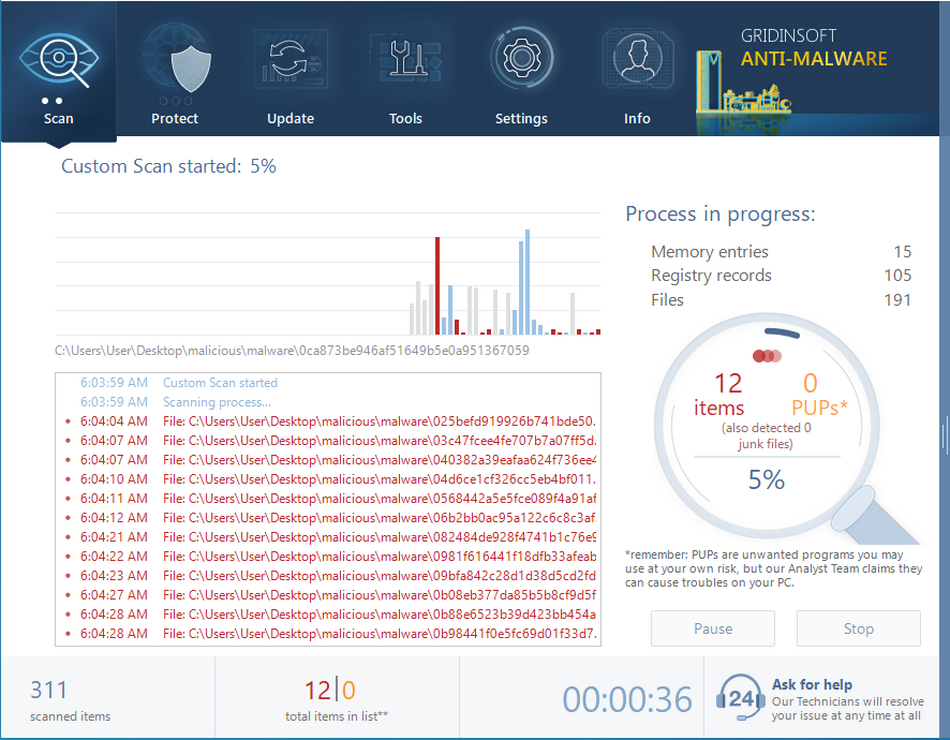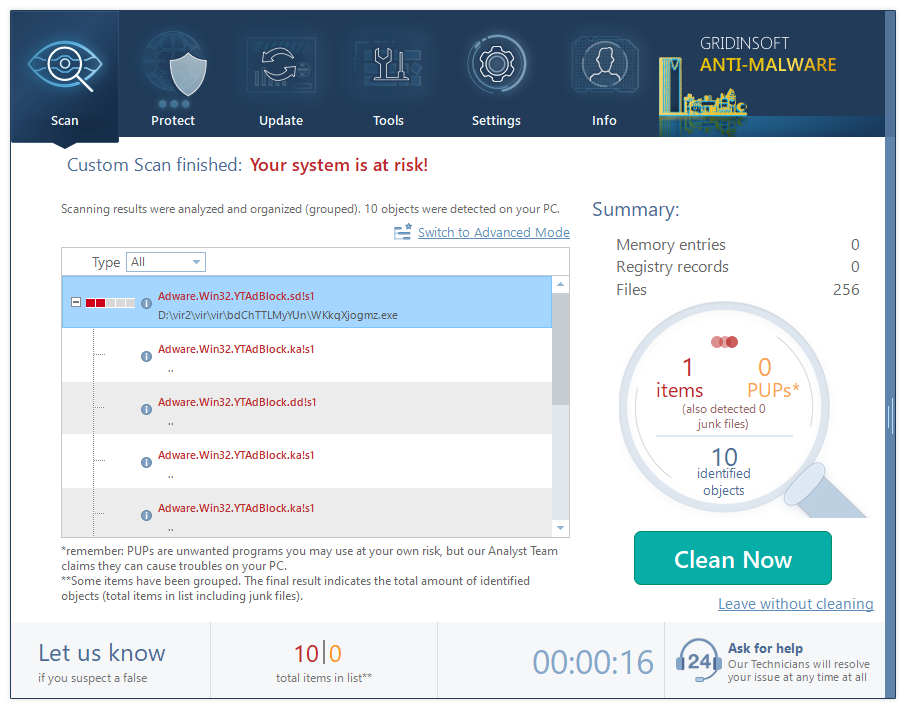Counter.wmail-service.com serves as an essential Command & Control server that plays an essential role in the distribution and management of VenomSoftX malware, a JavaScript-based remote access trojan designed primarily to steal cryptocurrency transactions while hijacking them, but which also performs other malicious tasks such as fingerprinting machines, capturing clipboard content and executing additional payloads or commands.
What is Counter.wmail-service and VenomSoftX?
VenomSoftX can gain full access to any page a victim visits by exploiting malicious browser extensions. The malware poses as legitimate-appearing extensions such as “Google Sheets 2.1” or “Google Docs 1.0” so as not to alert victims; once installed, these extensions give VenomSoftX full control over victim browsers allowing it to siphon sensitive information such as login credentials, personal data and cryptocurrency wallet addresses from it.
VenomSoftX’s greatest strength lies in its capability of performing man-in-the-browser attacks, or “man in the browser attacks”. These exploits involve manipulating API requests’ data on popular cryptocurrency exchanges in order to perform address swapping attacks that allow an attacker to steal cryptocurrency holdings by swapping out victim wallet addresses for their attacker’s addresses and swapping out real wallet addresses with fake addresses containing stolen cryptocurrency holdings. Furthermore, VenomSoftX can capture clipboard content, steal login credentials, and manipulate crypto addresses on visited websites – making its capability especially dangerous.
If you suspect your computer has been infiltrated with VenomSoftX malware, taking immediate steps to detect and delete it can be essential to protecting sensitive data and cryptocurrency holdings from further attack. We highly suggest following our guide below on how to detect and eliminate it effectively and for free. The guide offers step-by-step instructions on how to locate VenomSoftX on your system before safely and completely uninstalling it from your computer – an effective solution against such highly dangerous infections! By following it you can safeguard both yourself and your precious computer from potentially catastrophic destruction as well as secure its sensitive information against further attacks!
How can I uninstall Counter.wmail-service VenomSoftX?
VenomSoftX and Counter.wmail-service removal should not be difficult; both programs reside within your web browser and cannot penetrate deeply onto a disk. Nonetheless, as previously noted, pop-ups may install additional malicious software into your system. Manual attempts at malware removal can often prove ineffective; hence it is strongly advised that once the source has been eliminated it would be wiser to employ anti-malware software for an additional layer of defense. GridinSoft Anti-Malware is especially recommended if pop-up notifications that were never allowed appear nonetheless, suggesting possible malware activity. With its advanced detection system and system recovery abilities, GridinSoft Anti-Malware makes an excellent solution both for system recovery and malware scanning and removal purposes.
Initial steps must include resetting your browser settings manually or automatically. While manual methods take longer and can be more time consuming than automated solutions, automated means employing anti-malware programs that can reset all browser settings simultaneously.
Reset your browsers with GridinSoft Anti-Malware
To reset your browser with GridinSoft Anti-Malware, open the Tools tab, and click the “Reset browser settings” button.

You may see the list of options for each browser. By default, they are set up in a manner that fits the majority of users. Press the “Reset” button (lower right corner). In a minute your browser will be as good as new.

The browser reset is recommended to perform through the antivirus tool by GridinSoft, because the latter is also able to reset the HOSTS file without any additional commands.
Reset your browsers manually
Manual method of browser reset
To reset Edge, do the following steps:
- Open “Settings and more” tab in upper right corner, then find here “Settings” button. In the appeared menu, choose “Reset settings” option:

- After picking the Reset Settings option, you will see the following menu, stating about the settings which will be reverted to original:

For Mozilla Firefox, do the next actions:
- Open Menu tab (three strips in upper right corner) and click the “Help” button. In the appeared menu choose “troubleshooting information”:

- In the next screen, find the “Refresh Firefox” option:

- After choosing this option, you will see the next message:

If you use Google Chrome
- Open Settings tab, find the “Advanced” button. In the extended tab choose the “Reset and clean up” button:

- In the appeared list, click on the “Restore settings to their original defaults”:

- Finally, you will see the window, where you can see all the settings which will be reset to default:

Opera can be reset in the next way
- Open Settings menu by pressing the gear icon in the toolbar (left side of the browser window), then click “Advanced” option, and choose “Browser” button in the drop-down list. Scroll down, to the bottom of the settings menu. Find there “Restore settings to their original defaults” option:

- After clicking the “Restore settings…” button, you will see the window, where all settings, which will be reset, are shown:

When the browsers are reset, you need to ensure that your browser will connect the right DNS while connecting to the web page you need. Create a text file titled “hosts” on your pc’s desktop, then open it and fill it with the following lines1:
# Copyright (c) 1993-2006 Microsoft Corp.
#
# This is a sample HOSTS file used by Microsoft TCP/IP for Windows.
#
# This file contains the mappings of IP addresses to host names. Each
# entry should be kept on an individual line. The IP address should
# be placed in the first column followed by the corresponding host name.
# The IP address and the host name should be separated by at least one
# space.
#
# Additionally, comments (such as these) may be inserted on individual
# lines or following the machine name denoted by a '#' symbol.
#
# For example:
#
# 102.54.94.97 rhino.acme.com # source server
# 38.25.63.10 x.acme.com # x client host
# localhost name resolution is handle within DNS itself.
# 127.0.0.1 localhost
# ::1 localhost
Find the hosts.txt file in C:/Windows/System32/drivers/etc directory. Rename this file to “hosts.old.txt” (to distinguish it from the new one), and then move the file you created on the desktop to this folder. Remove the hosts.old from this folder. Now you have your hosts file as good as new.
Scan your system for possible viruses
After removing the Counter.wmail-service push notifications, it’s time to see if these pop-ups brought any threat to your system. Launch GridinSoft Anti-Malware, and then click on Standard scan. It will be enough in most cases to find and remove malware. The scan will last 5-10 minutes; you are free to use your system during that process.

Once the scan is complete, you will see the detections or a notification about a clean system. Proceed with pressing the Clean Up button (or OK when nothing is detected).

